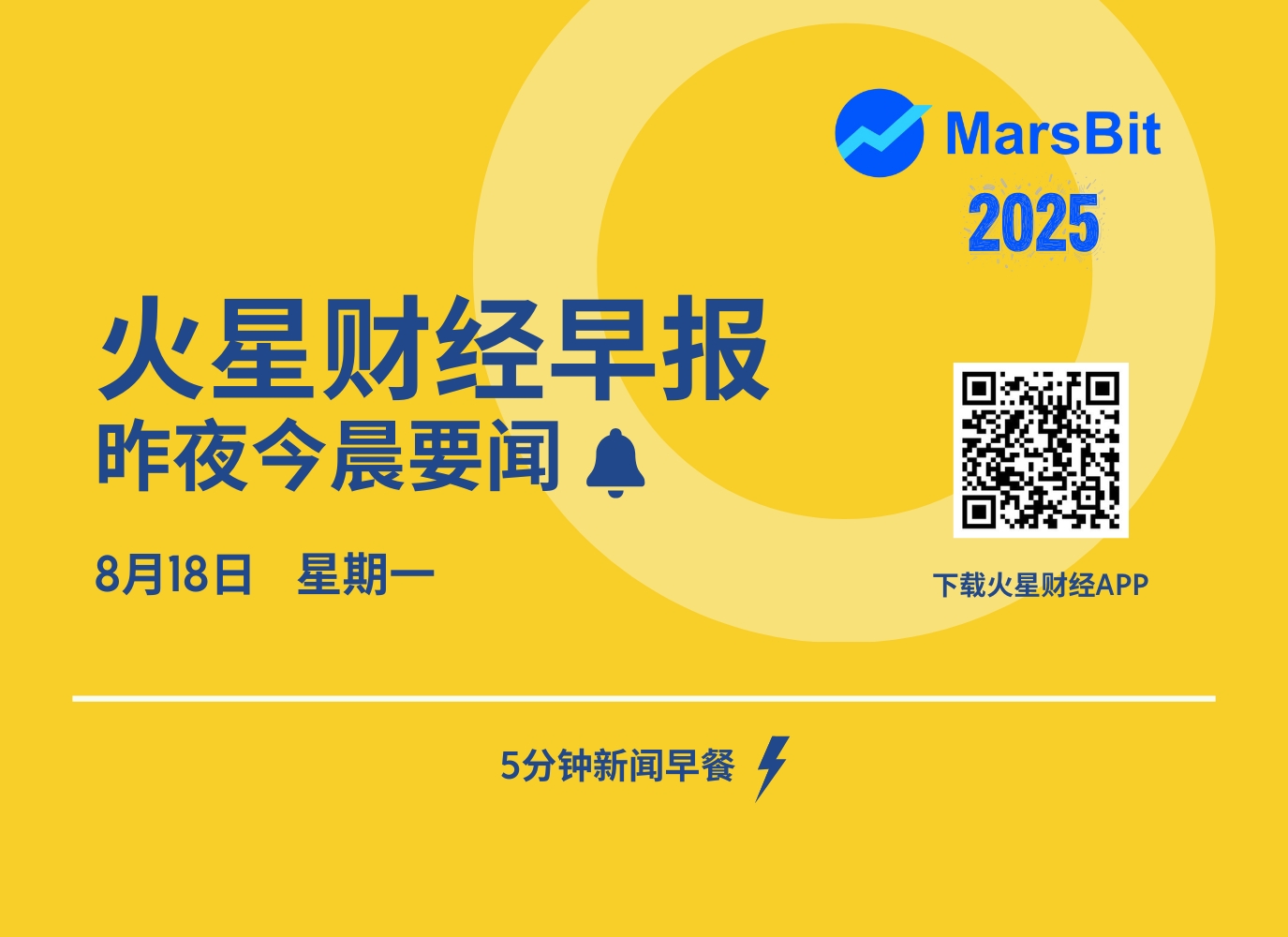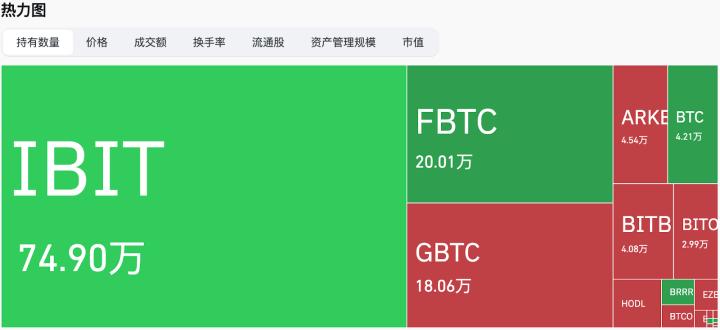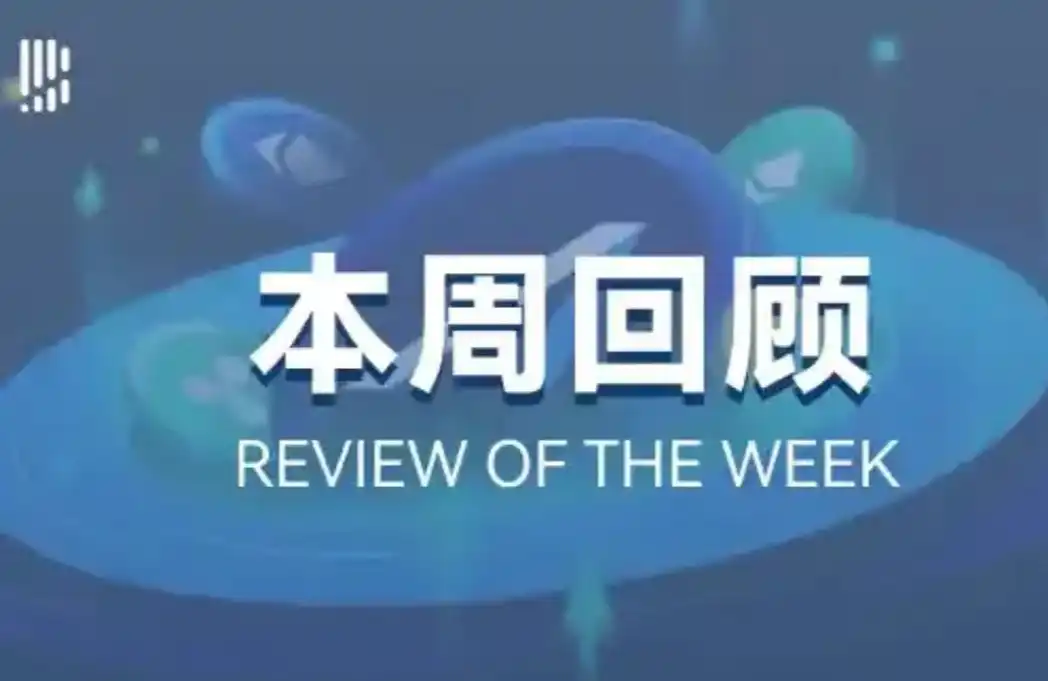 ETH Worth Approximately $3.9 Billion Queuing to Exit Ethereum PoS Network, While Around $1.16 Billion ETH Awaits to Join
ETH Worth Approximately $3.9 Billion Queuing to Exit Ethereum PoS Network, While Around $1.16 Billion ETH Awaits to Join
According to data from the validator queue tracking website validatorqueue, the current Ethereum PoS network exit queue is reported at 872,893 ETH, valued at approximately $3.9 billion. The number of ETH queuing to exit has been increasing for 6 consecutive days, with an exit waiting time of about 15 days and 4 hours. Meanwhile, the ETH queuing to join the network is around 259,783, valued at approximately $1.16 billion, with an estimated activation delay of about 4 days and 12 hours. Previous reports suggest that this situation reflects two opposing market forces: on one hand, some stakers may choose to take profits after Ethereum's significant rise from its April low, leading to a surge in the exit queue; on the other hand, new deposits driven by regulatory benefits and institutional demand are also pushing up the entry queue, with listed companies like SharpLink Gaming and BitMine Immersion increasing their ETH holdings and staking.
PUMP Worth $9.19 Million Transferred from pump.fun Token Distribution Address to OKX
On August 18, according to on-chain analyst Yu Jin's monitoring, 2.5 billion PUMP tokens ($9.19 million) were transferred from pump.fun's token distribution address to OKX 2 hours ago.
Bitcoin Dominance Drops to 59.4%, Altcoin Market Cap Rises 3.06% in the Past Week
On August 18, market data showed that Bitcoin dominance (BTC.D) decreased by 1.78% over the past week, currently at 59.4%. During the same period, the total crypto market cap increased by 0.31%, the total market cap excluding Bitcoin (TOTAL 2) rose by 3.06%, and the total market cap excluding Bitcoin and Ethereum (TOTAL 3) increased by 1.91%.
Galaxy Digital: Rapid Growth in Crypto Market Leverage Increases Market Vulnerability
On August 18, according to Coindesk, the Galaxy Research report showed that the Q2 collateralized loan scale grew by 27% to $53.1 billion, the highest level since early 2022, mainly driven by DeFi lending demand and risk appetite recovery. Bitcoin's drop from $124,000 to $118,000 triggered over $1 billion in crypto derivatives market liquidations, the largest long liquidation since early August. Analysts believe this is more like a healthy profit-taking rather than a reversal start, but it highlights market vulnerability when leverage accumulates rapidly. Galaxy analysts noted that stress points are emerging. In July, Aave saw massive withdrawals, pushing ETH lending rates above Ethereum staking yields, breaking the "circular arbitrage" trading logic of using staked ETH as collateral to borrow more ETH. This deleveraging process triggered a staking position run, creating a 13-day record exit queue for Ethereum's beacon chain. Galaxy stated that since July, USDC lending costs in the OTC market have continuously risen while on-chain lending rates remain stable. The spread has expanded to its highest level since late 2024, indicating that off-chain USD demand exceeds on-chain liquidity. With surging loan scales, concentrated borrowing power, tight DeFi liquidity, and widening gaps between on-chain and off-chain USD markets, the system is showing more stress points. Thursday's $1 billion liquidation reminds people of leverage's two-sided impact.
"Machi Big Brother" Huang Licheng's Long Positions Underwater by $3.14 Million
On August 18, according to HyperInsight's monitoring, "Machi Big Brother" Huang Licheng currently holds 22,200 ETH long, 88 BTC long, and 55,000 HYPE long positions. His total unrealized loss has reached $3.14 million, with his ETH long position underwater by $3.12 million.
Bitwise Analyst: Increasing ETH Staking Exit Queue May Bring Significant Market Selling Pressure
On August 17, the Ethereum blockchain validator exit queue reached 855,158 ETH, a historical high. Bitwise senior investment strategist Juan Leon stated that the continuously increasing number of ETH about to be unstaked might be the reason for the asset's recent pullback. The unstaked Ethereum queue typically has a negative impact on ETH prices and could bring significant market selling pressure. This is because staking tokens like stETH can trade at a discount, which reduces collateral value, potentially triggering risk reduction, hedging, or liquidation, ultimately leading to ETH spot sales. The leveraged "stETH loop" trades through DeFi protocol liquidity pools will no longer be profitable, and traders closing positions and selling ETH to repay loans will create synchronized selling pressure.
Analysis: Circle, Stripe, and Others Create Proprietary Blockchains to Own Settlement Channels and Improve Digital Asset Payment Efficiency, Compliance, and Revenue
On August 17, Circle and Stripe are building their proprietary blockchains, joining the growing list of projects aiming to launch stablecoin and tokenized asset chains. Startups Plasma and Stable recently raised funds to develop a dedicated chain for USDT. Securitize is collaborating with Ethena to build Converge, Ondo Finance announced an upcoming internal chain earlier this year, and Dinari recently stated they will soon launch an Avalanche-driven layer-1 network for tokenized stock clearing and settlement. Crypto bank Sygnum's Chief Customer Officer Martin Burgherr said, "Building our own L1 is about control and strategic positioning. Stablecoin economics are determined by settlement speed, interoperability, and regulatory coordination, so having a base layer allows companies to directly embed compliance, integrate forex engines, and ensure predictable fees." Additionally, there are defensive motivations. "Today, stablecoin issuers rely on Ethereum, TRON, or other stablecoins for settlement," Burgherr said. "This dependence means they face risks from external fee markets, protocol governance decisions, and technical bottlenecks."
Can AI and Crypto Treasury Save Jia Yueting?
Faraday Future (FF) recently launched an "EAI+Crypto" dual ecosystem strategy, attempting to give cars a "soul" through embodied artificial intelligence (EAI) while introducing a crypto index C10 and planning to establish a $500-1 billion crypto asset treasury. This move is questioned as a market value management tactic rather than a substantial breakthrough, given FF's stock price near delisting and low delivery volumes. Despite its forward-looking concept, the company faces real challenges such as SEC investigations, fund shortages, and insufficient delivery capabilities, casting doubt on the strategy's implementation.
One Month After ICO: Analyzing Pump and Bonk - Why Did This Happen?
This article comparatively analyzes the operational strategies and market performance of Pump and Bonk. Pump reduced communication costs through decentralized traffic distribution and KOL ecosystem cultivation, while Bonk overly relied on official endorsement and community operations, resulting in high market-making costs and insufficient liquidity. The author points out that meme coins are essentially zero-sum games, emphasizing that project teams should focus on traffic monetization rather than false "communities" and advising investors to avoid prolonged battles and cut losses timely. Ultimately, the article suggests that Pump's mass media model is more adaptable to the current market, while Bonk's failure stems from misinterpreting traditional mutual fund logic.
Peter Thiel: From PayPal "Godfather" to Behind-the-Scenes Player in the Crypto Industry
US mining company BitMine becoming the world's largest enterprise-level Ethereum holder has drawn attention, with Peter Thiel (PayPal co-founder and early Facebook investor), one of its shareholders, becoming a focus of crypto investment strategies. Thiel previously earned $1.8 billion by heavily investing in Bitcoin through Founders Fund and supported Ethereum founder Vitalik Buterin. In recent years, he has continued to increase his involvement in the crypto field while expanding his influence through political donations, and is seen as an important link between Silicon Valley and the crypto industry.






